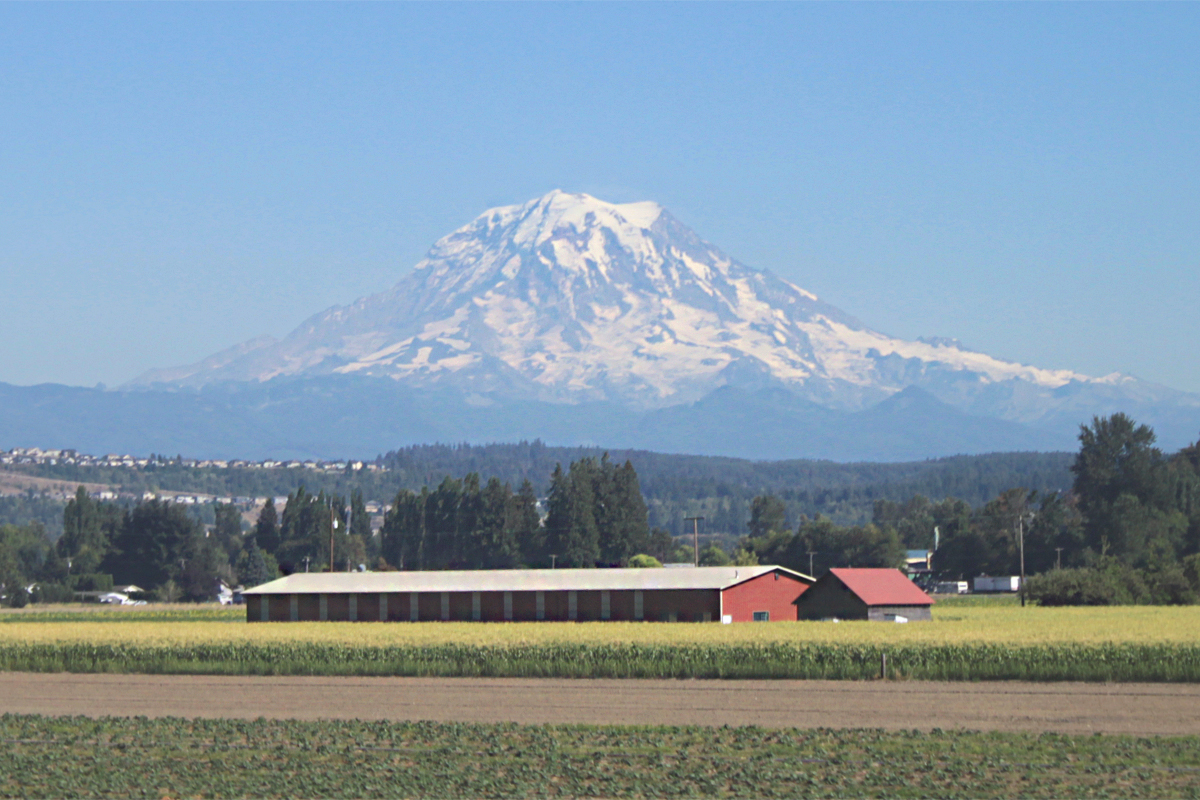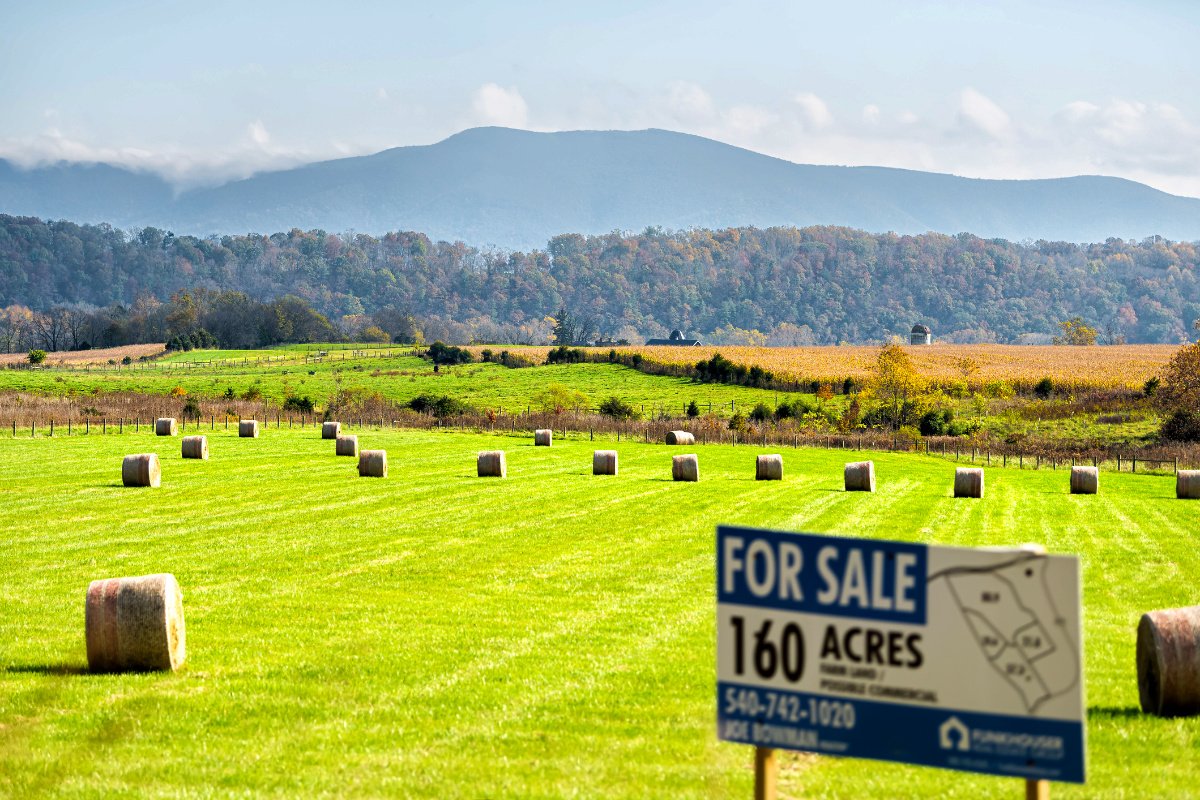Planet-warming carbon dioxide could be absorbed using ‘enhanced rock weathering,’ a natural process sped up to fight climate change.

Planet-warming carbon dioxide could be absorbed using ‘enhanced rock weathering,’ a natural process sped up to fight climate change.
April 6, 2018

Pulverizing volcanic rock and spreading the dust like fertilizer on farm soils could suck billions of tons of carbon from the atmosphere and boost crop yields on a warming planet with a growing population.
In a paper published recently in the scientific journal Nature Plants, an international team of researchers lays out the prospects for “enhanced rock weathering”—a process that uses pulverized silicate rocks, like basalt, to speed the ability of minerals to store carbon in soil.
The team, led by the University of Sheffield in the U.K. and including U.S. climate scientist James Hansen, says the technique of enhanced weathering on swaths of the world’s cropland could potentially offset a meaningful chunk of global carbon emissions.
Though their estimates are preliminary, the authors say if farmers added enough pulverized rock per acre on a majority of the world’s cropland, they could remove up to 4 billion metric tons of CO2 from the atmosphere, per year, by 2100. That’s about a tenth of today’s global greenhouse gas emissions. (Greenhouse gas emissions from agriculture and land use are currently about 8 billion metric tons.)
This could happen fairly quickly. “Conceivably, roll-out could take place within a decade or two,” said David Beerling, director of the Leverhulme Centre for Climate Change Mitigation at the University of Sheffield and the lead author of the study.
In nature, this takes millions of years. Rain, which is slightly acidic, chemically breaks down rock in a process that converts carbon dioxide to bicarbonate, which eventually washes into the ocean where it’s stored for hundreds of thousands of years. This natural process absorbs about 3 percent of global emissions from fossil fuels.
But pulverizing the rocks turbocharges the process, allowing the minerals to be released faster and to store carbon within several years, Beerling explained.
When farmers apply the powdered rock onto croplands, they’ll see added benefits, the paper says: increased plant nutrients leading to higher yields and a potential drop in fertilizer and pesticide use.
The authors note that the best candidate for enhanced weathering is the land already being farmed—about 11 percent of the globe’s land area—where farmers already apply limestone to improve soil and counteract acidification. That means the infrastructure for applying pulverized rocks is effectively in place.
But the process, which sounds tantalizingly easy, hasn’t been studied widely, prompting the authors to call for more work on the subject.
“While enhanced weathering could make an enormous contribution to climate change mitigation, it remains one of the most poorly understood methods of removing CO2 from the atmosphere,” said Phil Renforth, a professor of engineering geology at Cardiff University, who was not involved in the paper. “As the authors suggest, we need to do a lot more work to establish if these large carbon drawdowns can be achieved, and to assess the positive and negative impacts of this approach.”
Among some of the possible negatives: The energy used to pulverize the rocks could account for as much as 30 percent of the CO2 that’s stored. Meanwhile, it’s not clear how much rock would be required and what the environmental impacts on soils and waterways would be.
Another question mark is the cost. Current estimates range from $52 to $480 per metric ton of stored CO2, although boosted crop yields and lower fertilizer use could offset some of the price tag. Another “negative emissions” strategy, bioenergy with carbon capture and storage, or BECCS, costs between $39 and $100 per metric ton.
But, the authors note, enhanced rock weathering could be one of the tools in the climate-control toolkit.
“Strategies for taking CO2 out of the atmosphere are now on the research agenda, and we need realistic assessment of these strategies, what they might be able to deliver and what the challenges are,” Hansen said in a press release.
This article originally appeared in Inside Climate News, and is reprinted with permission.
Top photo credit: SounderBruce

October 9, 2024
In this week’s Field Report, MAHA lands on Capitol Hill, climate-friendly farm funding, and more.
October 2, 2024

October 2, 2024

October 1, 2024

September 24, 2024

September 18, 2024

That being said, a lot has been learned about soil science and microbiology in the intervening years, and I don't think soil scientists (like Elaine Ingham, say) would agree that this kind of thing is necessary. Other, better methods of reintroducing life to depleted (top)soil can be taken. And second, the energy required to pulverize the rock is only a fraction of what would be required. There's also gathering, transporting, distributing and applying it -- all requiring more and more energy. That should be part of the study, rather than just saying "fairy dust" can solve our problems!
This is like cutting down millions of trees to make wood pellets and then saying the burning of these pellet is carbon neutral.
Why to the proponents of these ideas never tell us the whole truth??
Biochar is 85% carbon, and enhances the humic functions in soil creating a place for microbes and fungi to flourish.
Every gram of soil carbon added to soil increases the water holding capacity by 8 grams.
The Australians, Japanese and the Europeans are far advanced in these Technologies. Basically it is far better than bioenergy with carbon capture because it only burns the hydrocarbons in biomass fuel while leaving the elemental carbon as charcoal for the soil, biochar.
The Europeans feed a hundred per day to their cattle, reducing methane emissions by some 25% reducing odor of the manure by 87% and when they mix it with their composting process retains great amounts of nitrogen.
I have also gotten Dupont to use it to bind methyl species mercury in the Shenandoah River in Virginia.
To see all the applications please review my 2016 USA biochar conference presentation by simply Googling the title: The Civilization of Soils
Also Google a company in Missouri called Terra-Char, they are using an igneous rock that a shingle Mac manufacturer has mountains of for free, rhyolite.
They incorporate it with biochar and have set the Missouri record for both corn and soybean Harvest, 280 bushel per acre and 60 bushel per acre respectively.